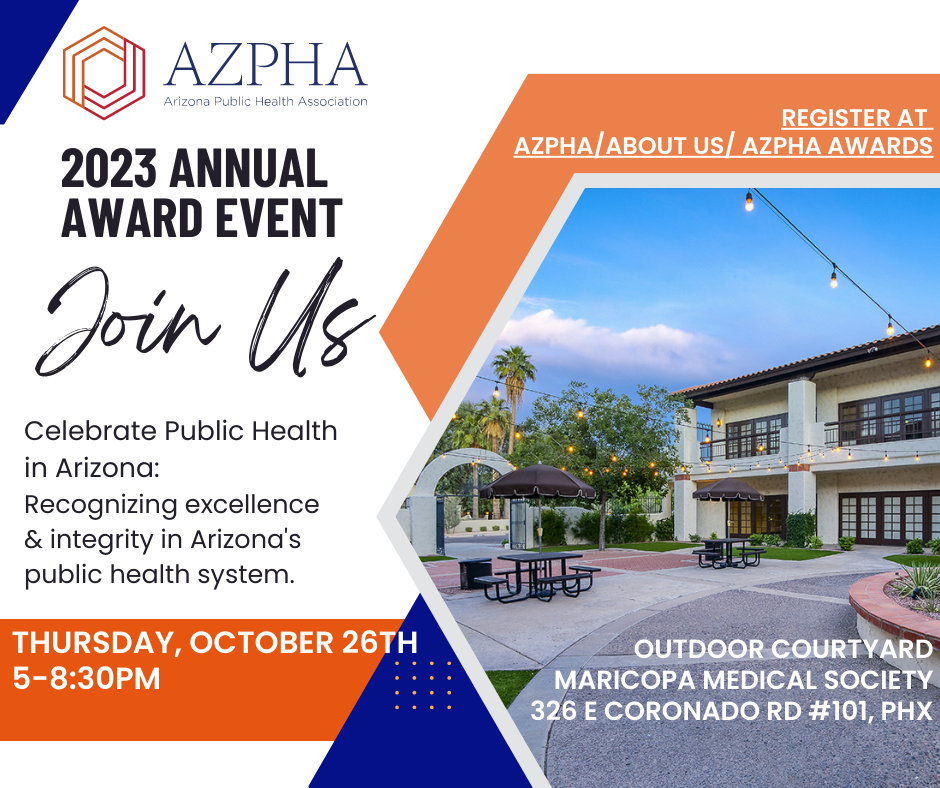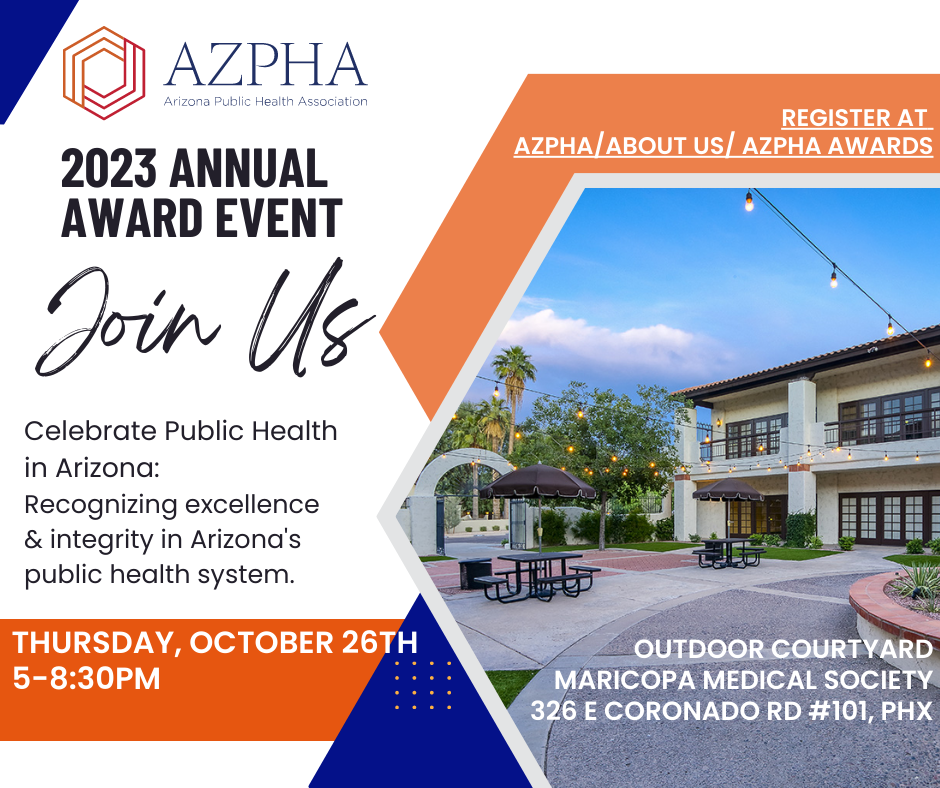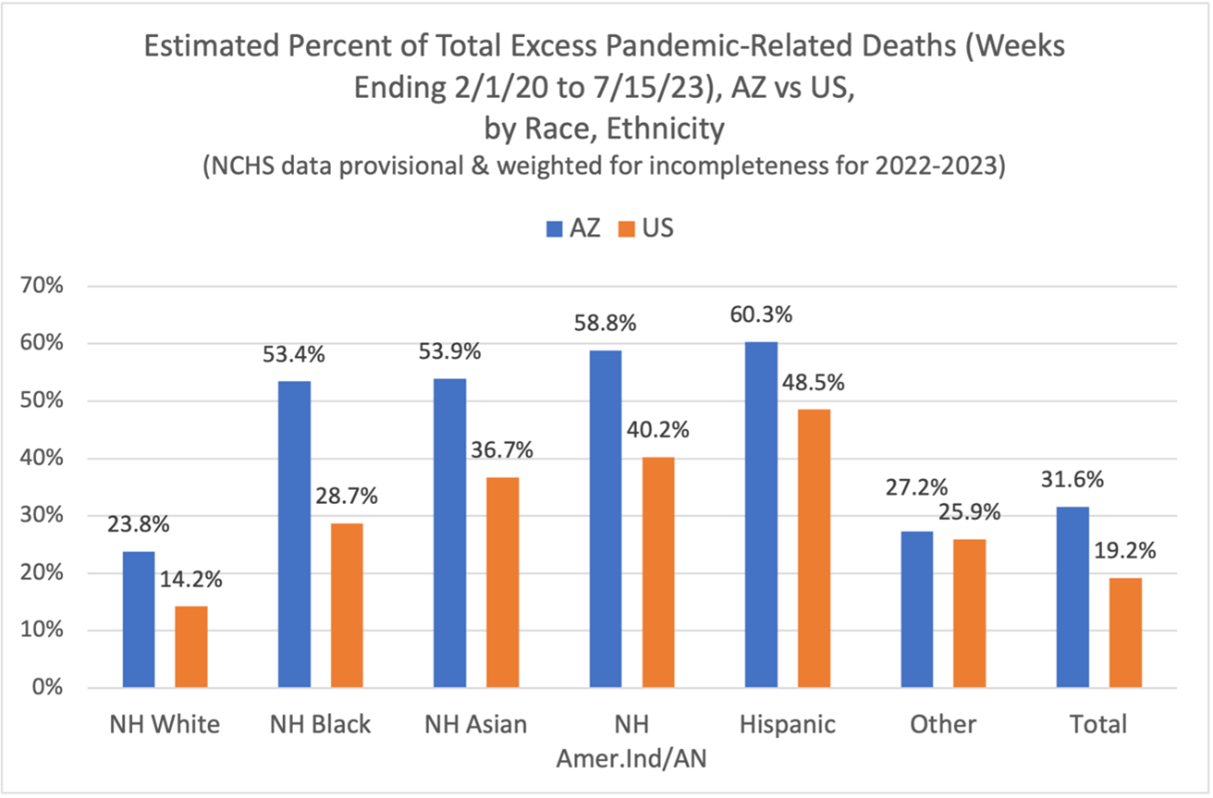September is National Suicide Prevention Month. To bring additional attention to this important public health issue, this month we will highlight at risk populations in Arizona and simple steps we can all take to decrease suicides.
by Kelli Donley Williams
The largest group of individuals who die of suicide in Arizona are white men, 65 and older, who live in rural communities. They often have alcohol in their systems at time of death. They most often die by firearm.
What to do with this information? Suicide ideation happens when the brain is not functioning properly. It is a temporary, while critical period of time. This time can become more difficult if the individual is taking drugs or alcohol, especially depressants.
If you have someone in your life who is behaving in a concerning manner, discussing suicide, or abusing drugs or alcohol, the life-saving step to take is to sit him or her down for a private conversation and ask if there is a suicide plan in place. If there is, it is appropriate to call 9-88 and ask for a behavioral health crisis team. The key information here not to let this person out of your sight until he or she is transferred into the care of a medical professional, not even to use a restroom.
If the person says there isn’t a suicide plan in place, there are still steps you can take to help. Ask if there are firearms in the home. If there are, ask to remove them. Also consider removing alcohol or other depressants and see that the person has someone checking in regularly. (Ideally multiple times a day.)
It can be scary to discuss suicide. It is a tough conversation, and one where both parties must be vulnerable. But it is also a courageous conversation and one we encourage you to have if you have any concerns.
For more information, consider calling 9-88, or chat online with someone for advice: www.crisistextline.org







